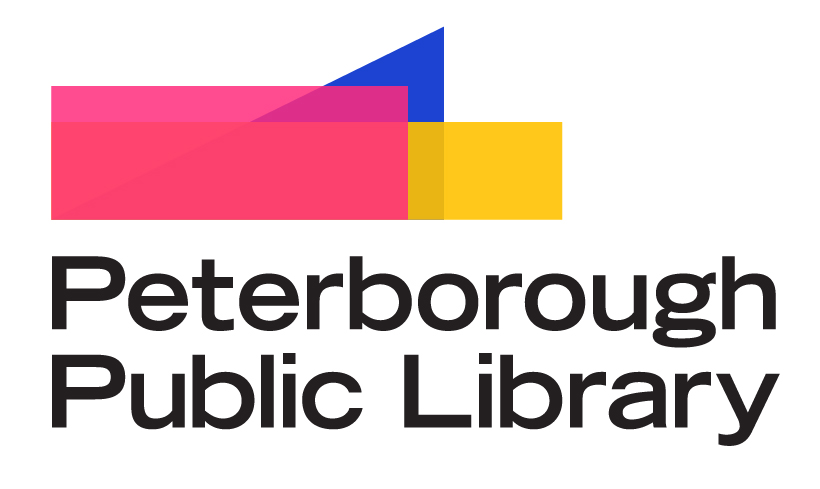Locally grown and sourced, native plants are adapted to our local climate, meaning they don’t need much extra care from us to thrive.
For instance, the rain that falls here is exactly the right amount of water they need so our garden doesn't need extra watering to thrive.



